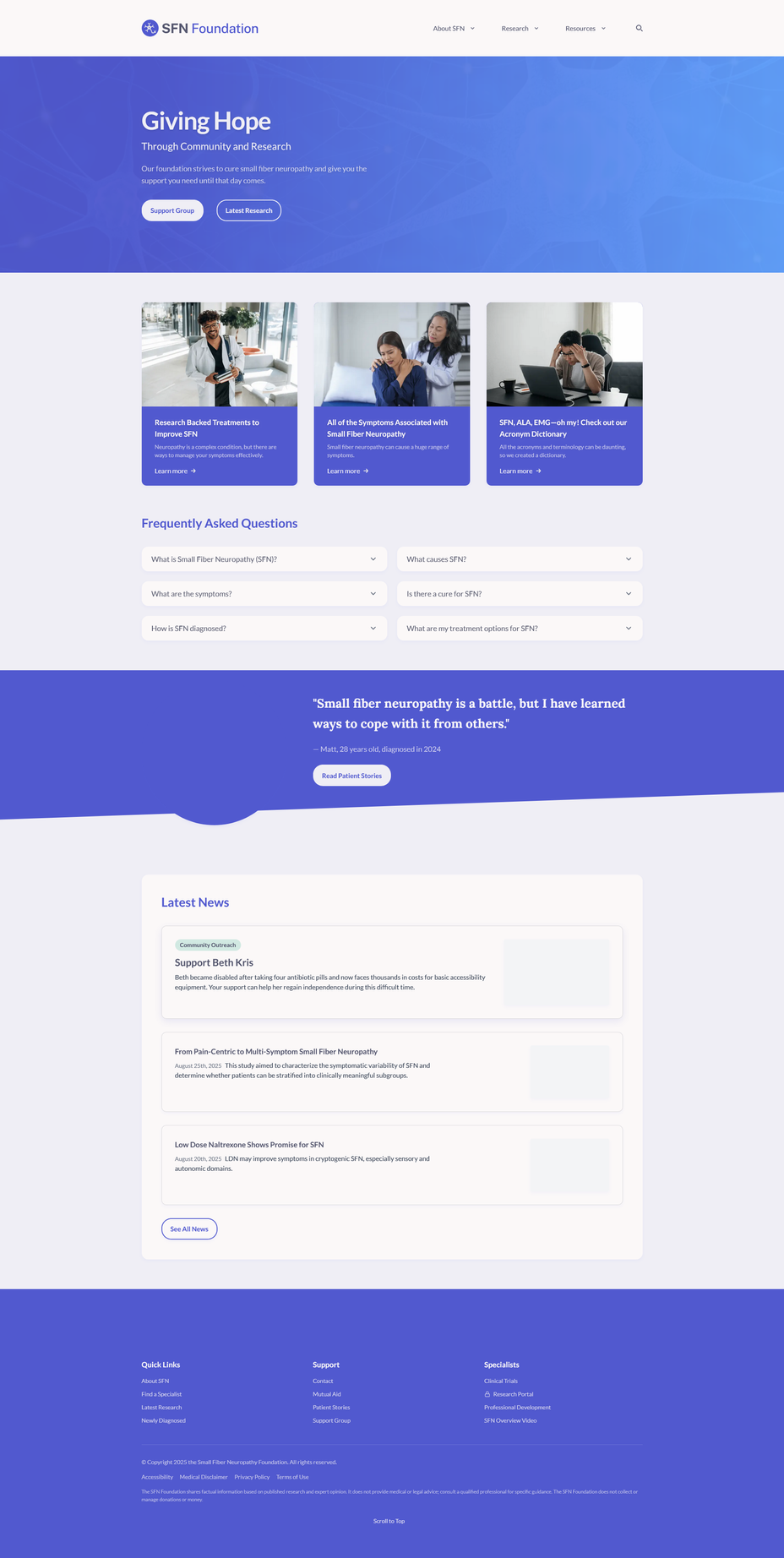What Is Mast Cell Activation Syndrome?
What Is Mast Cell Activation Syndrome?
Mast Cell Activation Syndrome is a disorder where a person’s mast cells in their immune system release too many inflammatory chemicals very often. This causes them to experience sudden, severe, allergy-like reactions that affect multiple body systems, like hives, swelling, breathing issues, and GI problems, often without a clear allergen. Last but not least, the most common treatments for people with Mast Cell Activation include avoiding triggers and taking medications.

